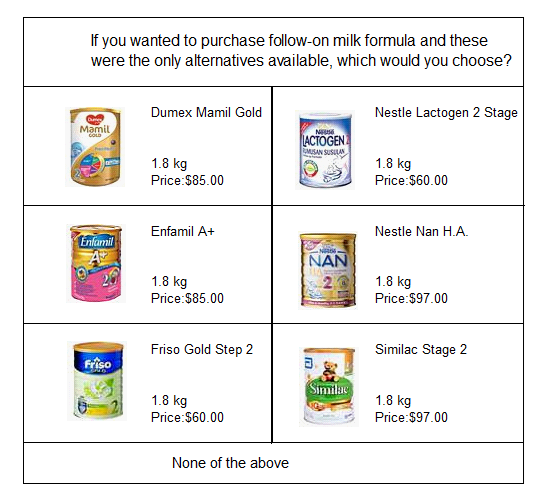
Exhibit 16.10 A choice set used in a research study on follow-on
milk formula.
Discrete choice modelling (DCM), also known as
choice-based conjoint or brand price choice modelling, is the gold standard for
survey-based approach to guide pricing decisions. It mirrors the real world more closely
than other claimed preferences-based approaches for pricing research. In DCM, respondents
evaluate multiple sets of alternatives, and choose one alternative from each of the choice
sets. This task of selecting from a group of products replicates the decision-making
process that consumers typically go through when making a purchase.
The choice sets must satisfy a few conditions.
Firstly, the alternatives in each choice set must be collectively exhaustive,
so that respondents necessarily choose an alternative from the set. The
inclusion of a catch-all alternative such as “none of the above” is usually
required to make a choice set collectively exhaustive.
Secondly, the alternatives must be mutually
exclusive, i.e., choosing one alternative means not choosing any other
alternatives. Respondents can choose only one alternative from the set.
Thirdly, the choice sets contain a finite number of
alternatives, as opposed to some other modelling techniques where the dependent
variable can theoretically take an infinite number of values.
In the context of pricing research, the choice sets are sets of
brand/price options such as the one shown in Exhibit 16.10. Respondents are
asked to select a brand from each of the choice sets used in the study.
The models may take multiple forms including
multinomial logit, which is covered in the appendix
to this chapter, conditional logit, multinomial probit and a number of other versions.
Of considerable relevance today, due of their many advantages and growing popularity,
are the hierarchical Bayes choice models.